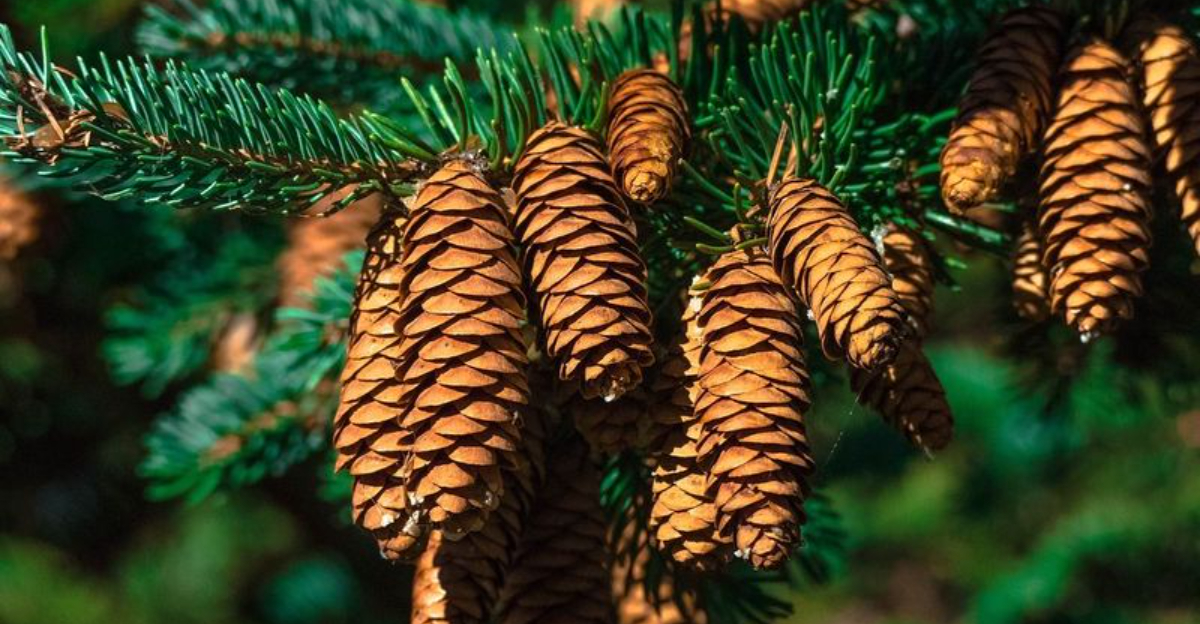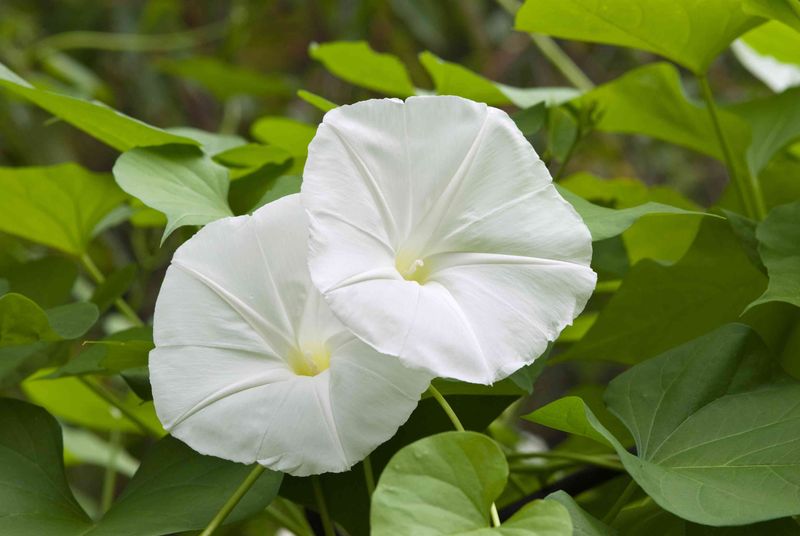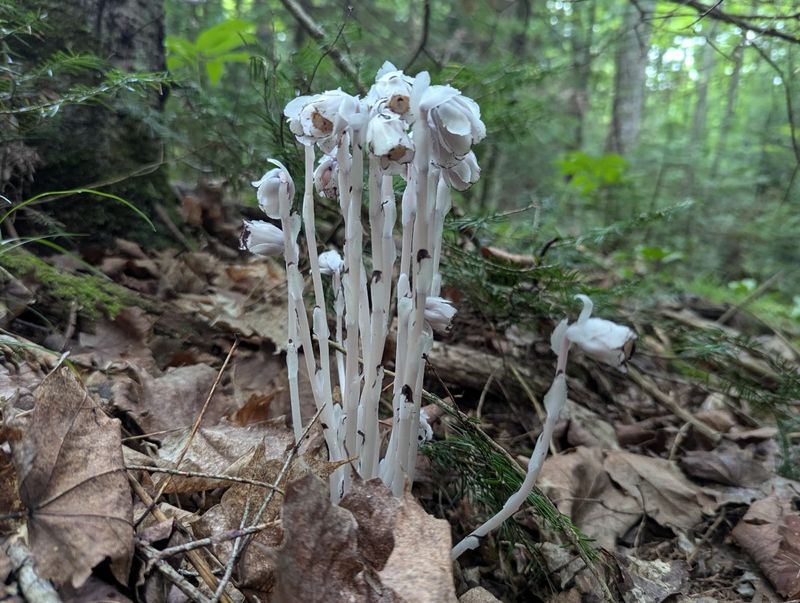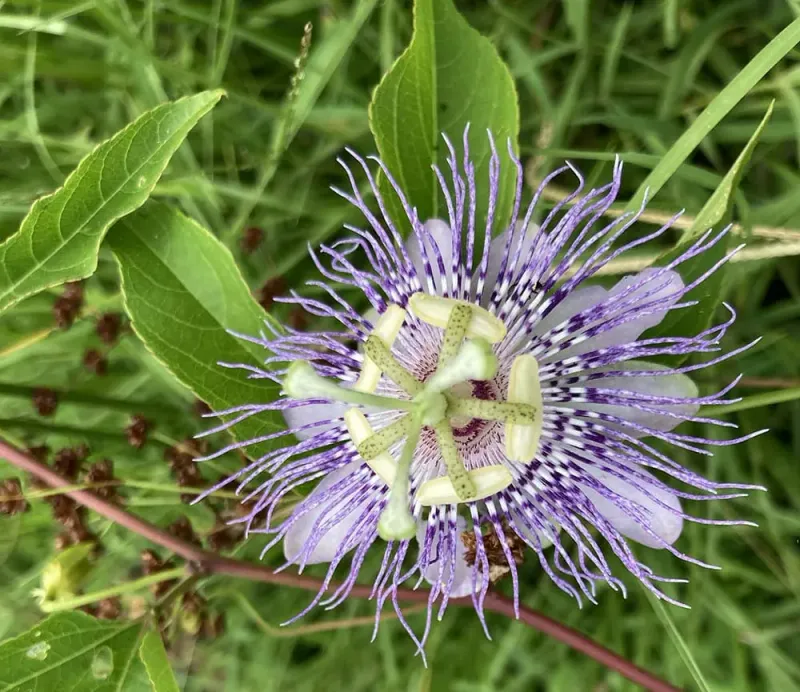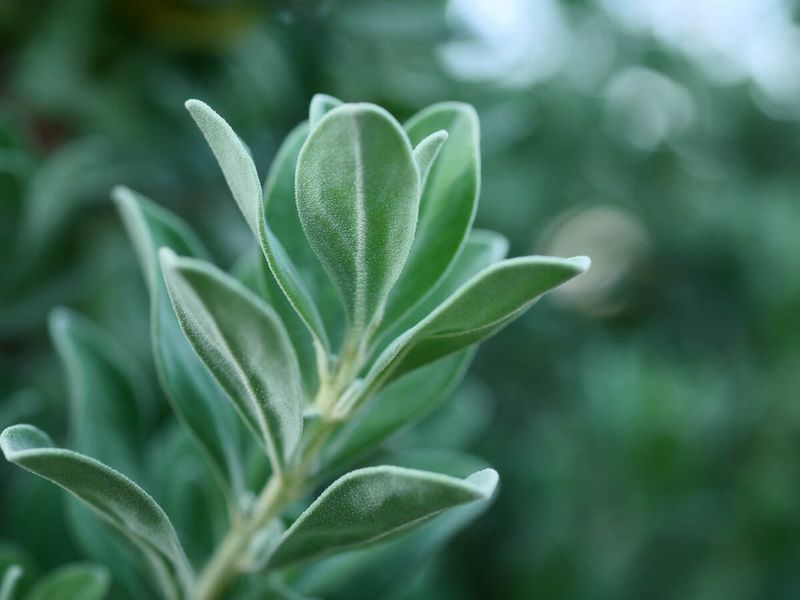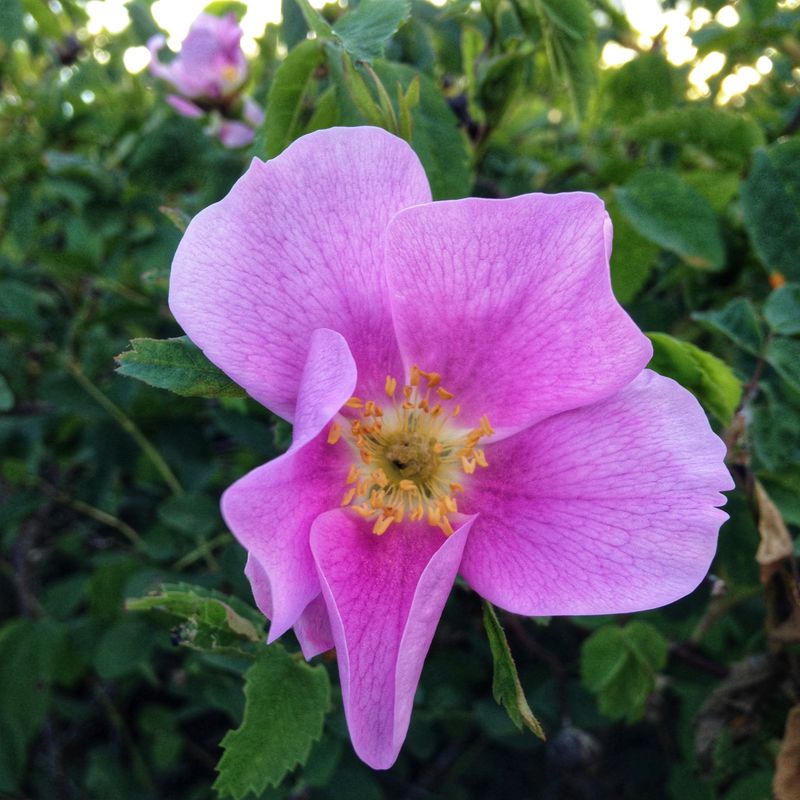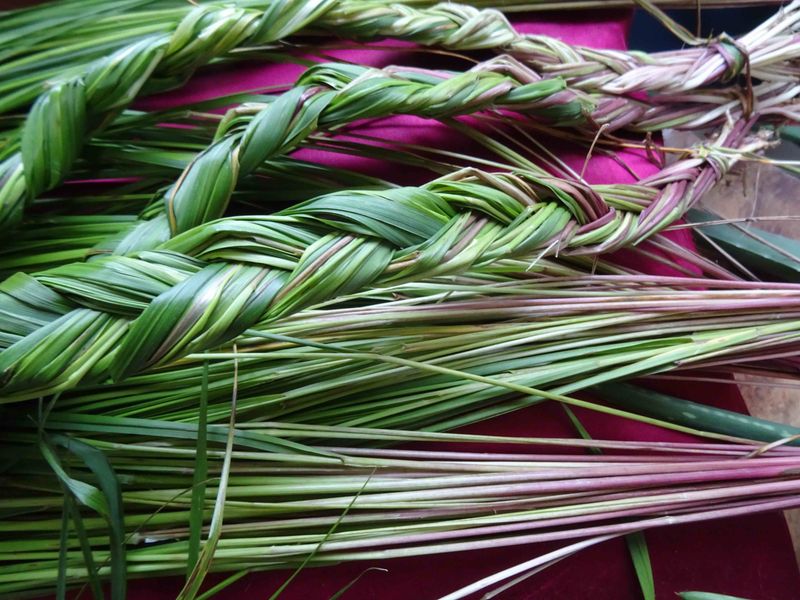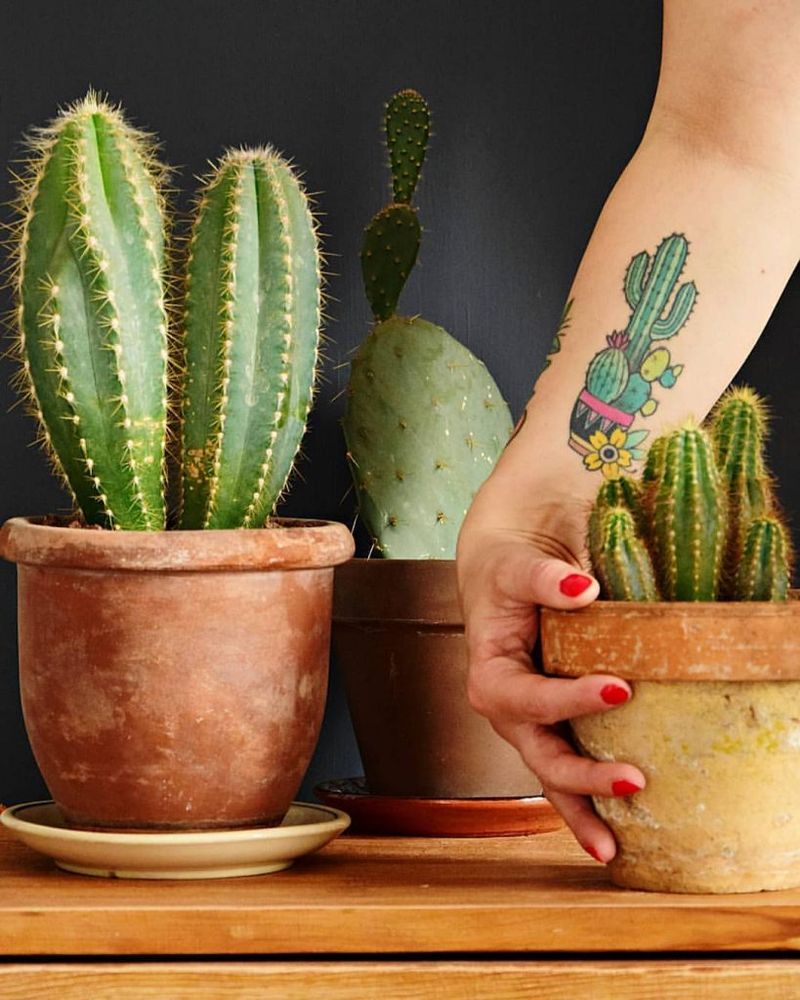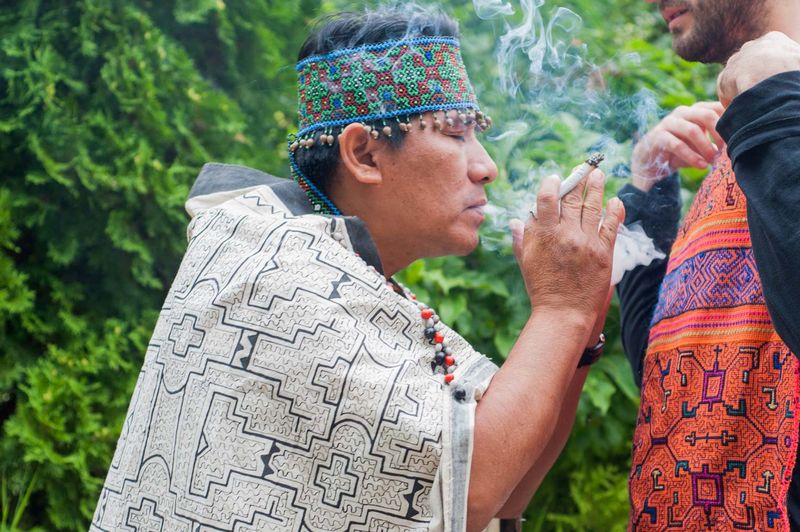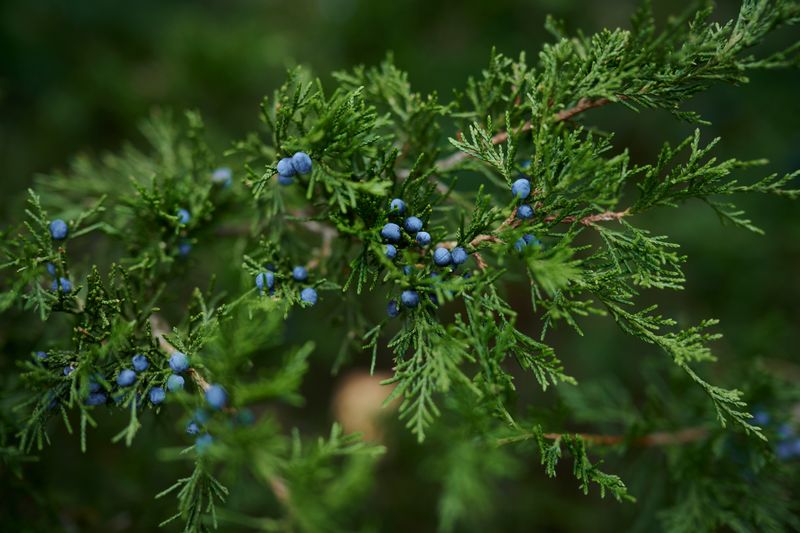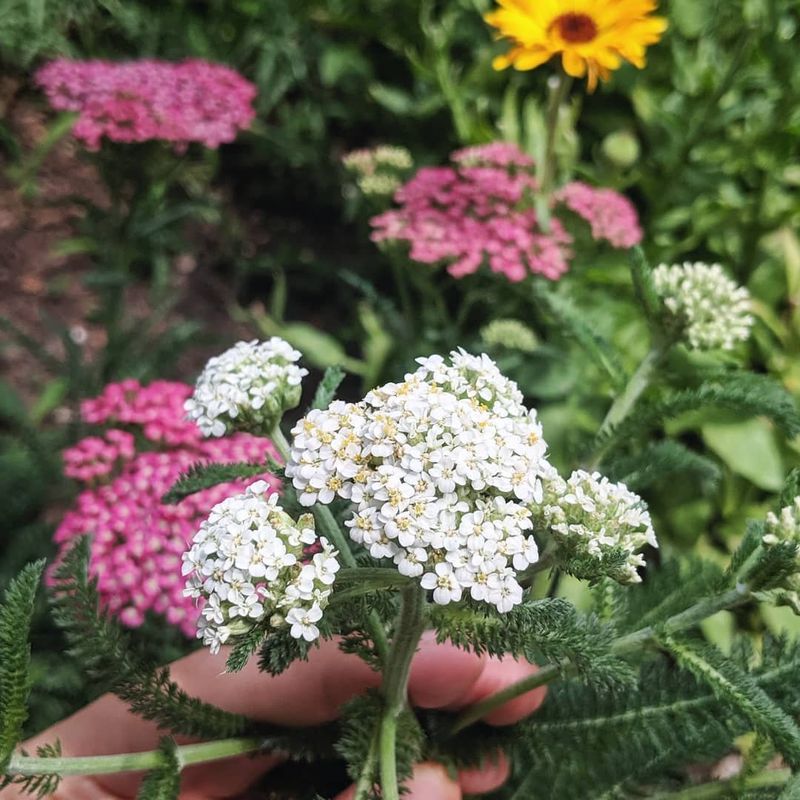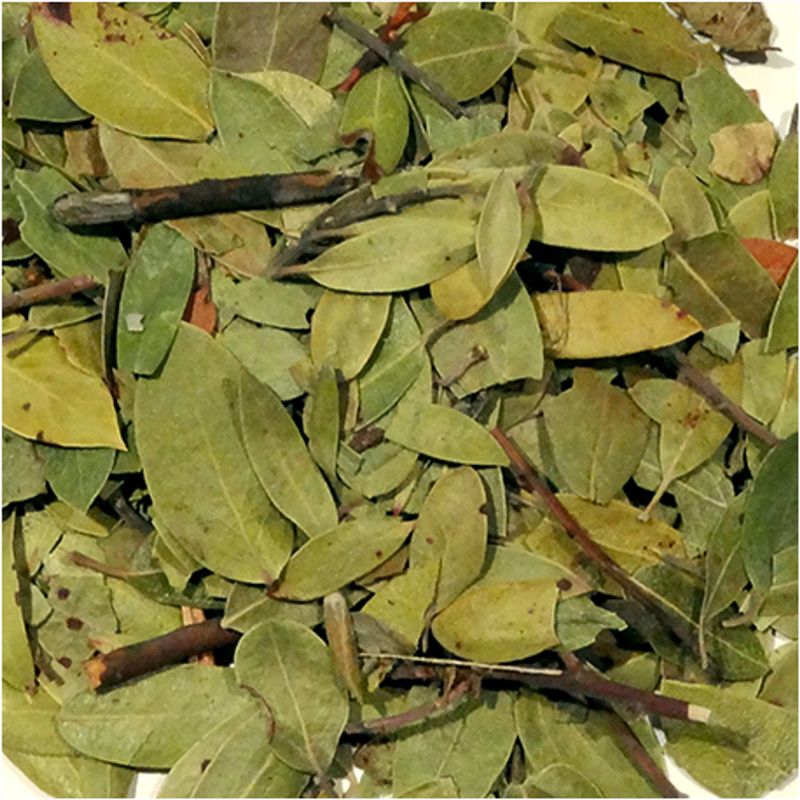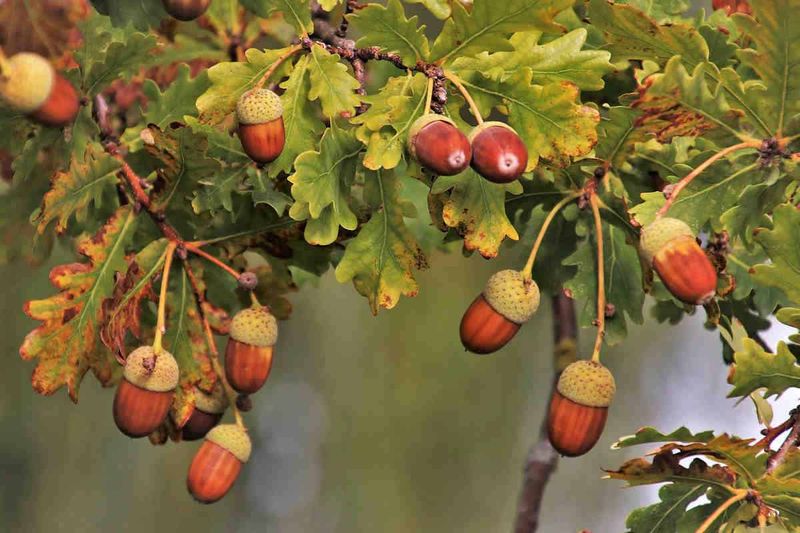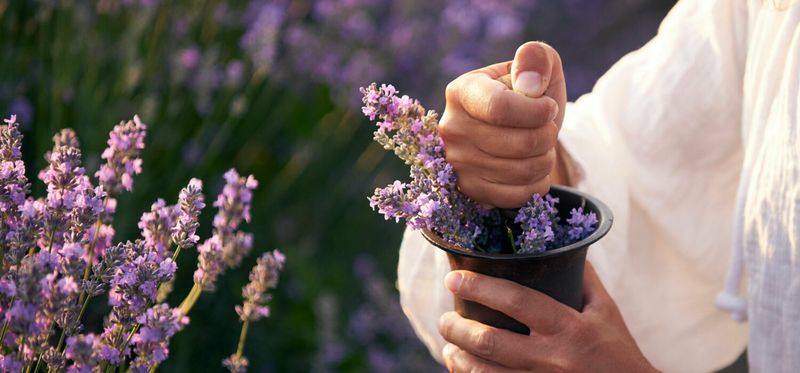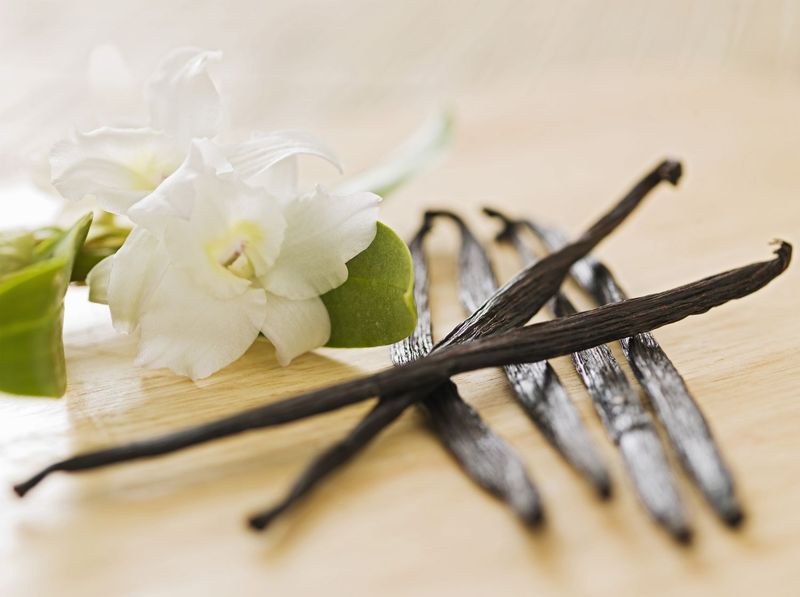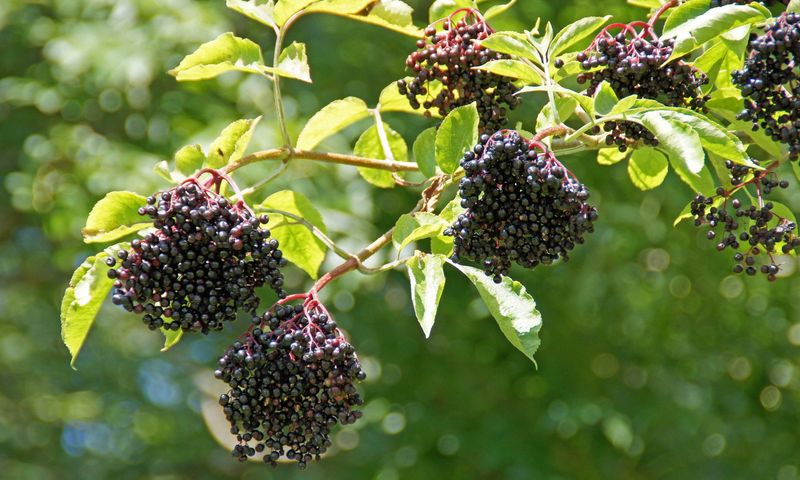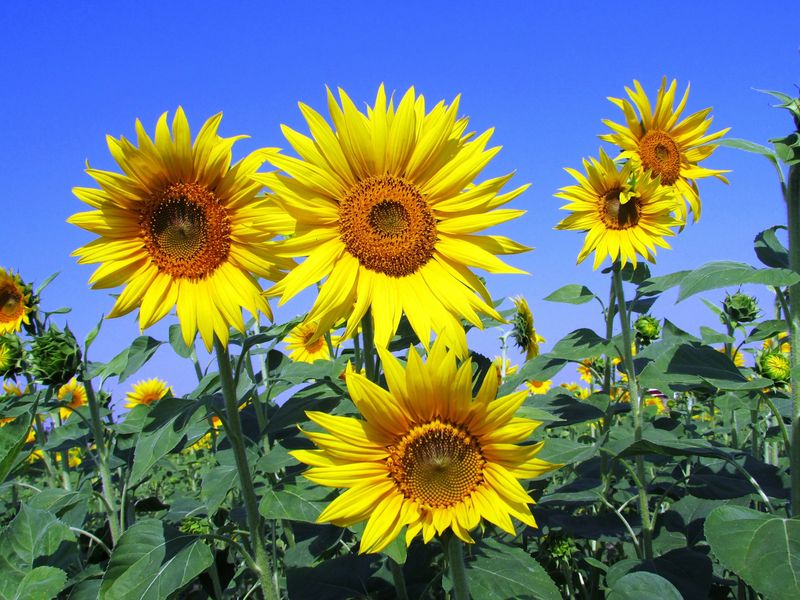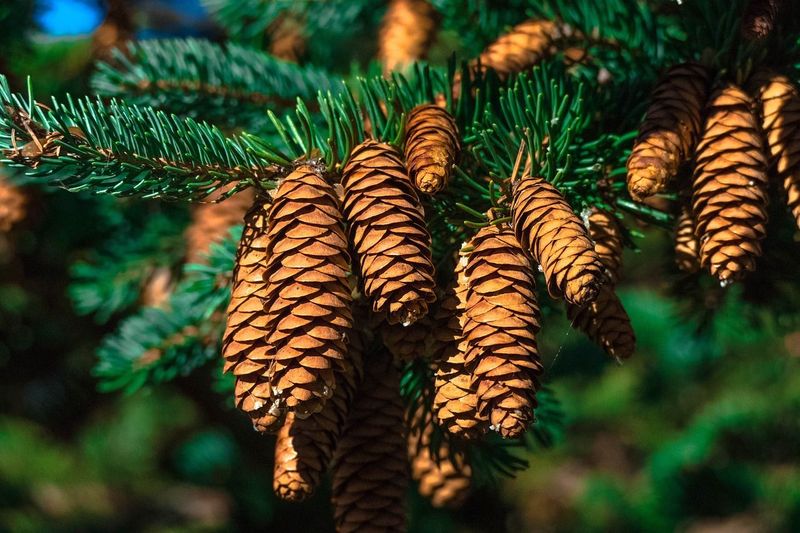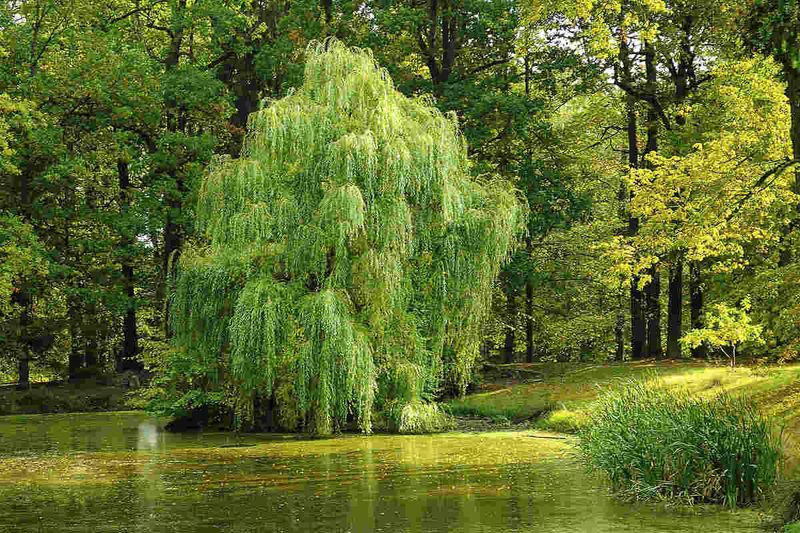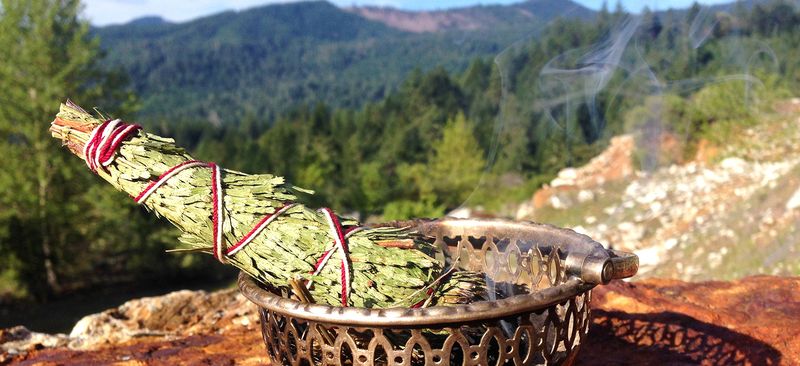For centuries, Native American cultures have embraced nature as a living tapestry of spirit, where every plant is seen as a sacred guardian filled with powerful symbolism.
Rooted in deep reverence for the natural world, each plant tells its own unique story—whether it’s central to ancient ceremonies, essential in healing practices, or a symbol of enduring wisdom.
In this engaging blog post, we invite you to journey with us through 18 extraordinary plants celebrated across diverse Native American tribes.
Discover how each leaf and bloom not only boasts unique traits and practical uses, but also carries rich narratives that bridge the gap between nature and spirit. What plant story sparks your curiosity the most?
1. Moonflower
Moonflower, with its mystical lunar blooms, is deeply revered in several Native American cultures. This nocturnal beauty opens at dusk, symbolizing the connection between earth and the celestial world.
Its ephemeral nature teaches the importance of seizing fleeting moments. In spiritual practices, Moonflower is often used in ceremonies to invoke dreams and visions.
The bloom’s ghostly glow under moonlight is believed to be a guide for nocturnal spirits, offering safe passage through the night. Embrace the tranquility of the Moonflower and let its gentle energy illuminate your spiritual journey.
2. Ghost Pipe
Ghost Pipe, a rare and fascinating plant, is often associated with spiritual purification. Unlike most plants, it lacks chlorophyll and thrives in shadowy forests, symbolizing strength in unseen places. Native tribes view it as a bridge between worlds.
In spiritual healing, Ghost Pipe is valued for its ability to calm the mind, easing emotional and physical pain. Its ethereal appearance is a reminder of the unseen forces that aid in healing and transformation.
Let Ghost Pipe inspire you to embrace the mysteries of the natural world and seek peace within.
3. Passionflower
Passionflower is celebrated for its calming influence and symbolic representation of harmony. Its elaborate structure reflects the complexity and beauty of the cosmos, connecting earthly existence with spiritual tranquility.
This stunning flower is used in rituals to promote peace and balance, fostering a sense of unity with the universe. Native traditions honor its ability to guide one towards a serene state of mind.
Explore the Passionflower’s soothing essence and allow it to guide you towards a harmonious and peaceful spiritual path.
4. Corn
Corn, often referred to as “maize,” is a symbol of life and sustenance in many Native American tribes. It’s considered a sacred gift from the Creator.
Corn features prominently in harvest ceremonies, symbolizing abundance and fertility. Its cycles reflect the close relationship between people and land.
Beyond spiritual meanings, corn is a staple food, showcasing its integral role in daily life.
5. Sage
Sage is cherished in many Native American rituals. It’s renowned for its purifying properties. When burned, sage’s smoke is believed to cleanse spaces of negative energy.
Many tribes use it in ceremonies, from sweat lodges to healing rituals. Its fragrance is both earthy and uplifting.
Beyond its spiritual use, sage is also valued for its medicinal properties, aiding in digestion and respiratory issues.
6. Wild Rose
The wild rose is a symbol of love and hope in Native American cultures. Its delicate petals and thorny stems represent the balance of beauty and protection.
Wild roses are often used in ceremonies to promote love and harmony. Their fragrance is uplifting and soothing.
Beyond its emotional symbolism, the rose is utilized in herbal remedies, furthering its multifaceted significance.
7. Sweetgrass
Sweetgrass symbolizes kindness and love in Native American traditions. Often braided and burned, its sweet aroma is believed to attract positive energies and spirits.
It plays a crucial role in prayer, offering, and purification ceremonies. Sweetgrass is often partnered with sage to balance energies.
Its fragrance is reminiscent of fresh hay, making it a calming presence in rituals and everyday life.
8. Cactus
In Native American cultures, the cactus is a symbol of endurance and protection. Its ability to thrive in harsh conditions is admired and respected.
Cacti are often used in spiritual rituals to symbolize resilience and strength. They are seen as guardians of the spirit world.
Their unique form and tenacity make them a powerful emblem in storytelling and tradition.
9. Tobacco
Tobacco holds a sacred place in Native American cultures, often used as an offering to the spirits. It represents a bridge between the physical and spiritual worlds.
Tobacco is commonly used in prayer and healing ceremonies to communicate with ancestors and deities.
Its significance goes beyond ritual, symbolizing respect and gratitude when shared among tribal members.
10. Juniper
Juniper is valued for its protective and cleansing properties in Native American traditions. The berries and branches are often burned to purify spaces and invite positive energy.
Juniper is also used in healing practices, believed to ward off illness and negativity. Its sharp, fresh scent is invigorating.
The plant serves as a spiritual guardian, connecting people with the earth’s energies.
11. Yarrow
Yarrow is known for its healing qualities and spiritual significance. Native Americans use it in ceremonies to invoke courage and protection.
The plant is often used in traditional medicine, treating wounds and fevers. Yarrow’s presence in rituals underscores its role in promoting resilience.
Its feathery leaves and sturdy stems symbolize strength and adaptability.
12. Bearberry
Bearberry, or “kinnikinnick,” holds significance in Native American spiritual practices. Its leaves are often smoked in rituals to foster connection and introspection.
The plant is also used in healing, believed to promote digestive health and well-being. Bearberry’s resilience in harsh environments symbolizes endurance.
Its presence in ceremonies highlights its role in bridging the physical and spiritual worlds.
13. Oak
The oak tree is revered for its strength and longevity in Native American cultures. It’s often seen as a symbol of wisdom and stability.
Oak is used in rituals to impart strength and courage. Its wood is used for crafting sacred tools and objects.
The tree’s enduring presence in nature underscores its role as a spiritual anchor.
14. Lavender
Lavender’s calming fragrance and healing properties are highly valued in Native American traditions. It’s often used in rituals to promote peace and tranquility.
The plant’s soothing presence is believed to ward off negativity and stress. Lavender is also used in herbal medicine for its anti-inflammatory benefits.
Its vibrant color and gentle aroma make it a cherished component in spiritual practices.
15. Vanilla
Vanilla is valued for its sweet aroma and calming properties in Native American rituals. It’s often used to promote relaxation and attract positive energies.
The plant’s soothing scent is believed to foster harmony in ceremonies and everyday life. Vanilla is also used in traditional medicine for its mood-lifting effects.
Its presence in rituals underscores its role as a symbol of comfort and peace.
16. Elderberry
Elderberry is cherished for its protective and healing properties in Native American cultures. The berries are used in rituals to ward off negative energies.
Elderberry’s medicinal uses are numerous, treating colds and boosting immunity. Its presence in ceremonies underscores its role in fostering health and protection.
The plant’s resilience and vibrant color make it a symbol of vitality.
17. Sunflower
Sunflowers are symbols of happiness and positivity in Native American cultures. Their bright petals and towering presence are likened to the sun’s life-giving energy.
Sunflowers are often used in rituals celebrating growth and renewal. Their seeds are a source of nourishment and symbolize abundance.
The sunflower’s ability to turn towards the sun is seen as a metaphor for seeking enlightenment.
18. Mint
Mint is celebrated for its invigorating aroma and healing properties. Native Americans use it in rituals to cleanse and refresh the spirit.
The plant is also used in traditional medicine for digestive health and respiratory issues. Mint’s refreshing scent and flavor symbolize renewal and vitality.
Its presence in ceremonies highlights its role as a catalyst for positive change.
19. Pine
Pine holds a sacred place in Native American traditions, symbolizing peace and eternal life. Its needles and bark are used in purification rituals.
The plant’s fresh scent and resilient nature are celebrated in ceremonies promoting harmony. Pine is also used for its medicinal benefits, particularly in respiratory health.
Its towering presence is a reminder of the connection between earth and sky.
20. Willow
Willow trees are symbols of flexibility and adaptability in Native American traditions. Their branches are used in rituals to promote healing and balance.
The tree’s association with water elements emphasizes its role in emotional and spiritual cleansing. Willow bark is known for its pain-relieving properties.
The tree’s gentle presence in nature symbolizes resilience and hope.
21. Cedar
Cedar is revered for its spiritual significance and protective qualities. Native American cultures use cedar in purification rituals, believing it wards off evil spirits.
The tree is also a symbol of strength and resilience. Cedar branches are often used to bless and sanctify spaces.
Its wood is prized for crafting sacred objects, emphasizing its integral role in spiritual practices.
